Balboa Park: Legacy of the Foreign Arts Building
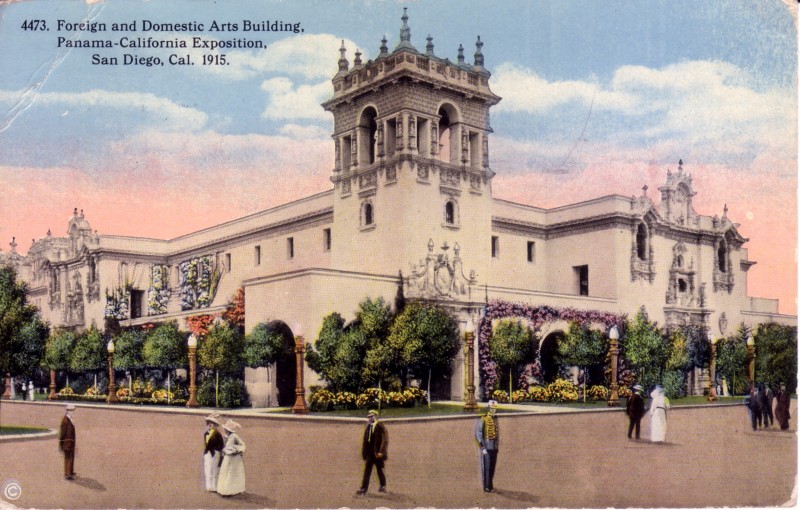
Legacy of the Foreign Arts Building
Balboa Park’s House of Hospitality attracts myriad visitors. The handsome, Spanish Colonial Revival style structure sits on the southeastern portion of Plaza de Panama, providing beautiful rooms and a picturesque courtyard in which guests can meet, dine, shop, and celebrate. The current interior, however, is unlike that of the original building, known as the Foreign Arts Building when it was first constructed for the 1915 Panama-California Exposition. The structure, which became the House of Hospitality for the 1935 California Pacific International Exposition, had a highly ornamented outer shell, including the coats of arms of the nations of the Pan American Union. In addition, there was an abundance of detailed ornamental work. Architect Carleton Winslow designed the building to resemble the hospital of Santa Cruz in Toledo, Spain.

Plantings around the Foreign Arts Building consisted of rows of Blackwood acacias along with grass and flowers, while vividly colored bougainvillea embellished arcades and pergolas. When entering the imposing structure in 1915, visitors encountered a large open space — essentially an exhibition hall similar to the interiors of so many of the 1915 Exposition buildings. The original building extended to the south, occupying the area where outside dining and terraced gardens are now enjoyed. Commercial exhibits of arts and crafts from China, Japan, Italy, and Russia were shown in 1915, and new items from the Netherlands and Switzerland were added in 1916. Following the close of the Exposition, however, the interior was reconfigured when the building served as a Naval Training Station during the First World War, providing barracks and support facilities. From 1920 until 1922, the Museum of Natural History occupied the building, though for much of the time it remained empty because of serious structural flaws. Indeed, city inspectors called for the building’s demolition, but all of that was to change in the 1930s.
The building was not only renamed, but dramatically revised between 1933 and 1936 when the firm of Requa, Jackson and Hamill was engaged to remodel it for the 1935 fair. It was then that the much beloved patio, restaurant, and terraced gardens were created, though the architects did retain the original, heavy timber trusses across the ceiling of the second story. It is this interior so many visitors know and love, and, when in 1997 the building was dismantled and completely rebuilt, it was reconstructed as it was in 1935. Still, as gracious and inviting as the House of Hospitality is, some thanks must also go to the original exposition, as it all began in 1915 with the Foreign Arts Building. DARLENE G. DAVIES

Looking Up
The House of Hospitality was being dismantled, piece by piece, in August 1995 as part of its eventual reconstruction. The 1915 building was a temporary structure and it needed to be made permanent. While construction crews were removing a stenciled beam from the old Café del Rey Moro, they noticed bright colors under a layer of ceiling plaster. They had discovered a 1,500-square-foot hand-painted ceiling with colorful royal shields and other Spanish motifs. The stencil work had been added in 1935, but there was no written or photographic record of its existence. Recognizing the historic importance of the spectacular ceiling, the City of San Diego paid for its recreation, which now adorns the dining room of The Prado restaurant, never to be forgotten again.

Message From Above
It was a cloudy day in 1997 when an architect was meeting with engineers and contractors in a trailer adjacent to the House of Hospitality. Reconstruction was ongoing and the discussion centered on lightning rods. An engineer from Missouri was recommending that several dozen lightning rods be installed on the rooftop. The locals in the meeting, including the architect, scoffed at the cost and argued that San Diego was far from a thunderstorm hotspot. A loud noise interrupted the meeting and everyone scrambled from the trailer to see what had happened. A mere 50 feet from the House of Hospitality stood a palm tree on El Prado with its canopy ablaze. It had been struck
by lightning. Lightning rods were soon installed. How do I know this story is true? I was the architect. David Marshall, AIA,
 Project Architect for the House of Hospitality Reconstruction
Project Architect for the House of Hospitality Reconstruction

Ceiling photos courtesy of Heritage Architecture & Planning All other imagery courtesy of Darlene G. Davies and Paul Marshall
Directory
The Great Panama-California Exposition
1915 Panama California Exposition
Spreckels Outdoor Organ Pavilion
Gardens of the Panama-California Exposition
Panama-California Sculpture Court
Commerce and Industries Building
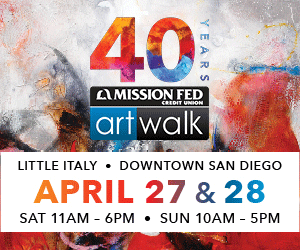

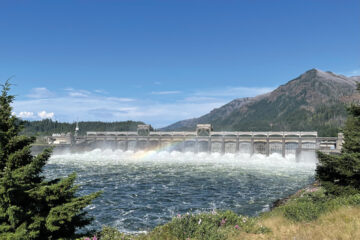
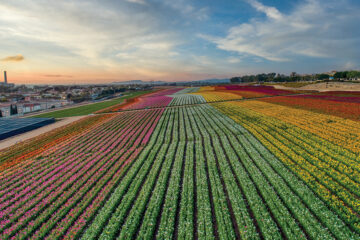
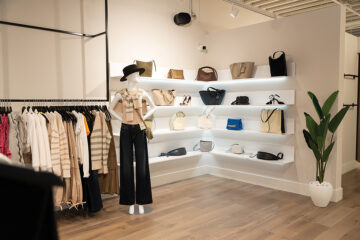
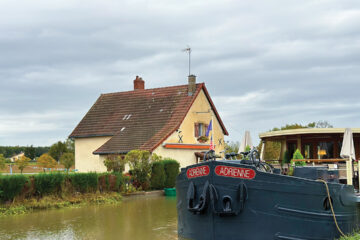
Comments